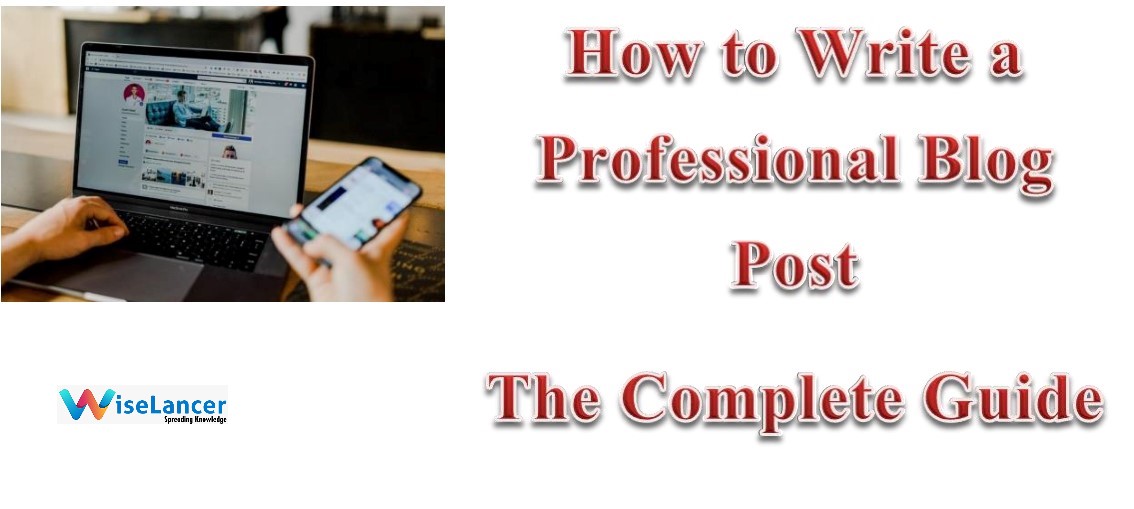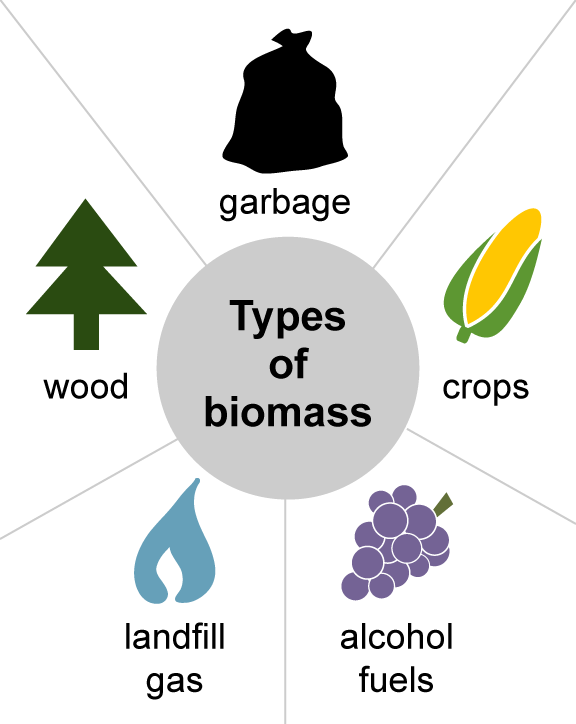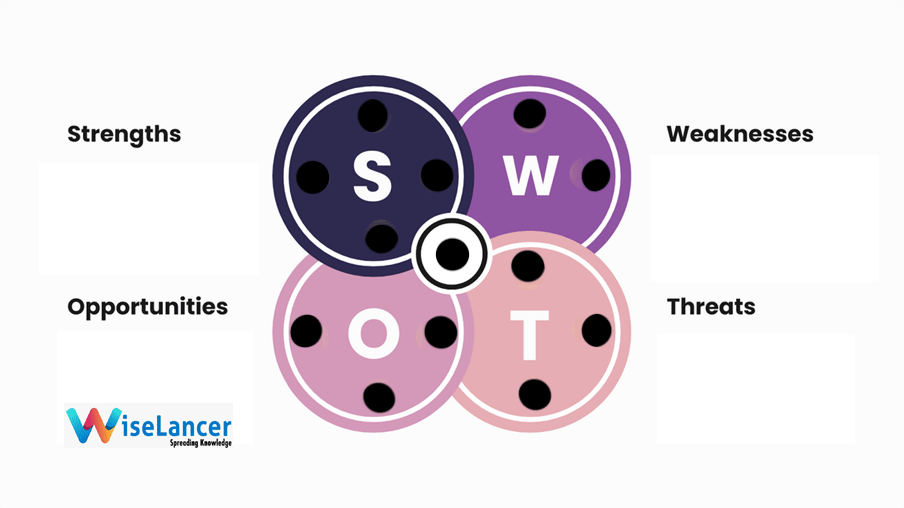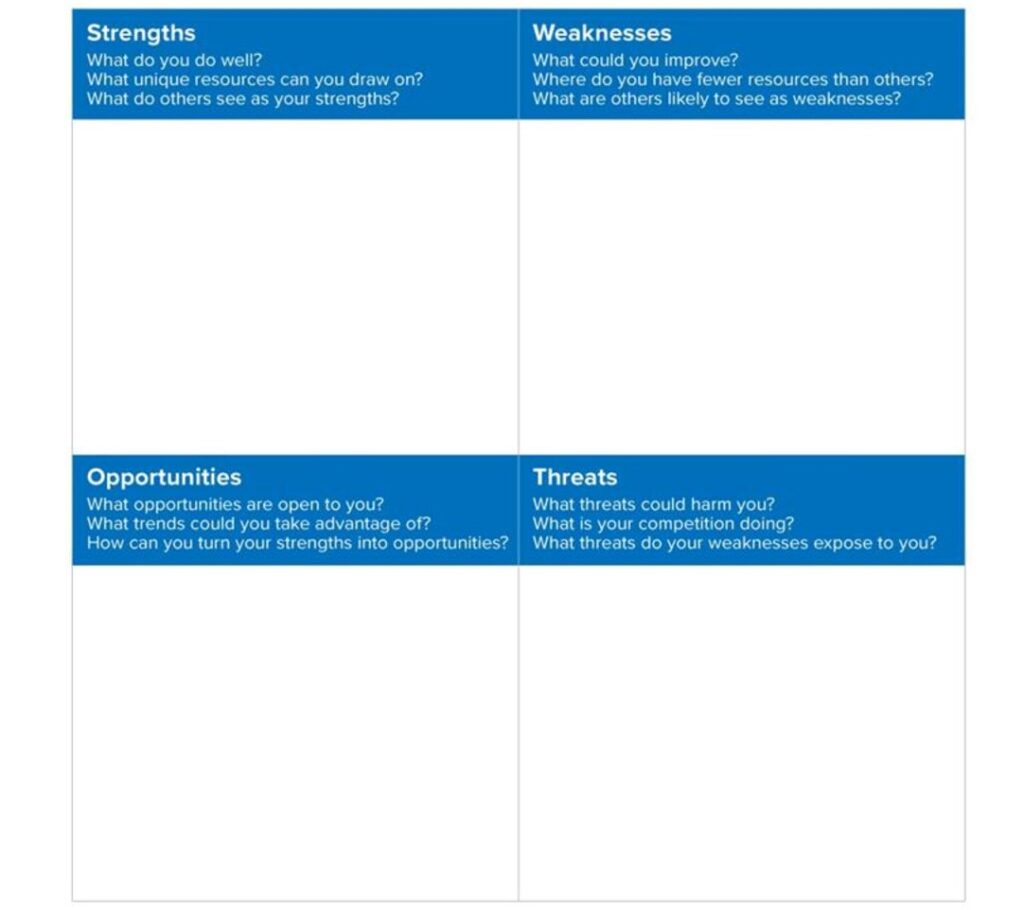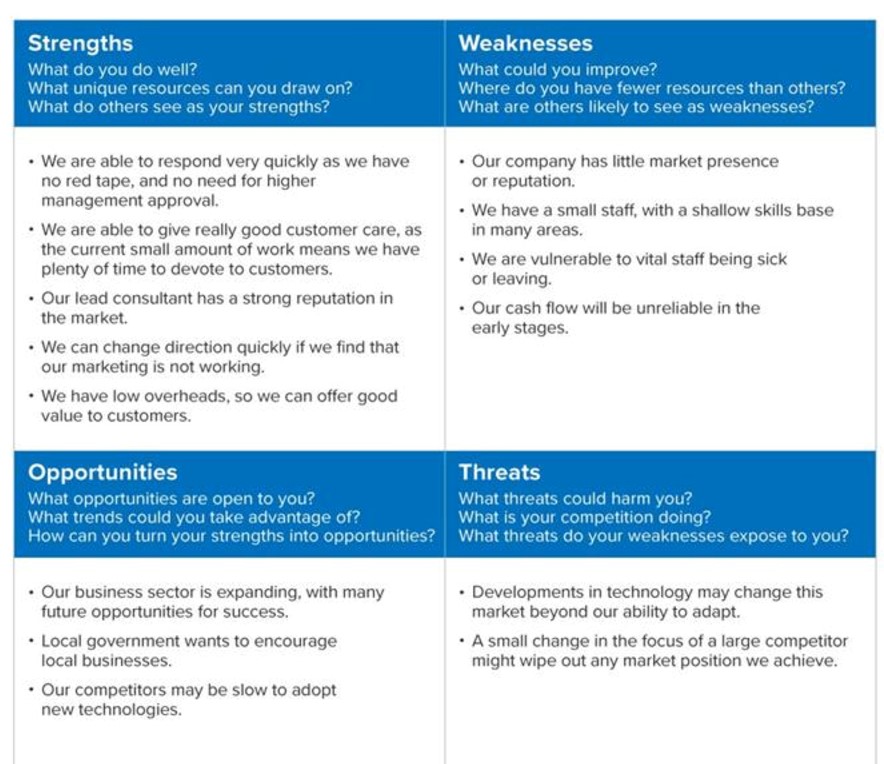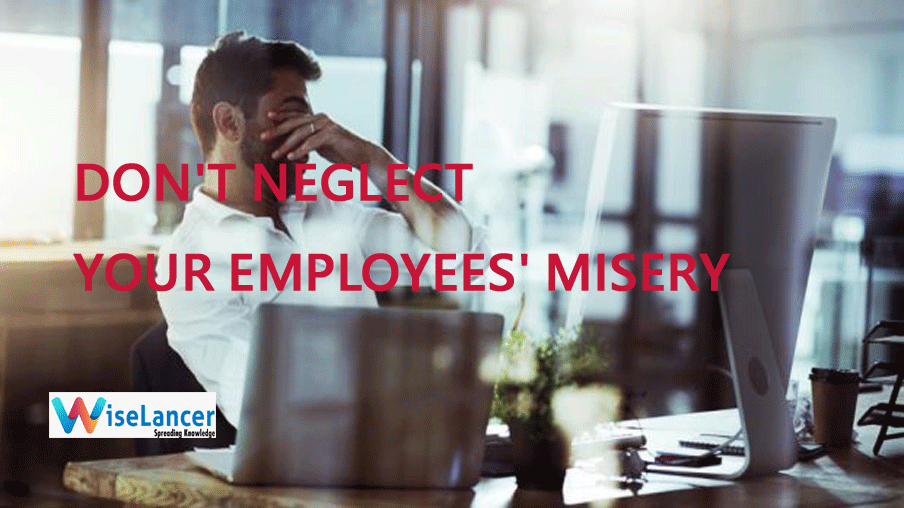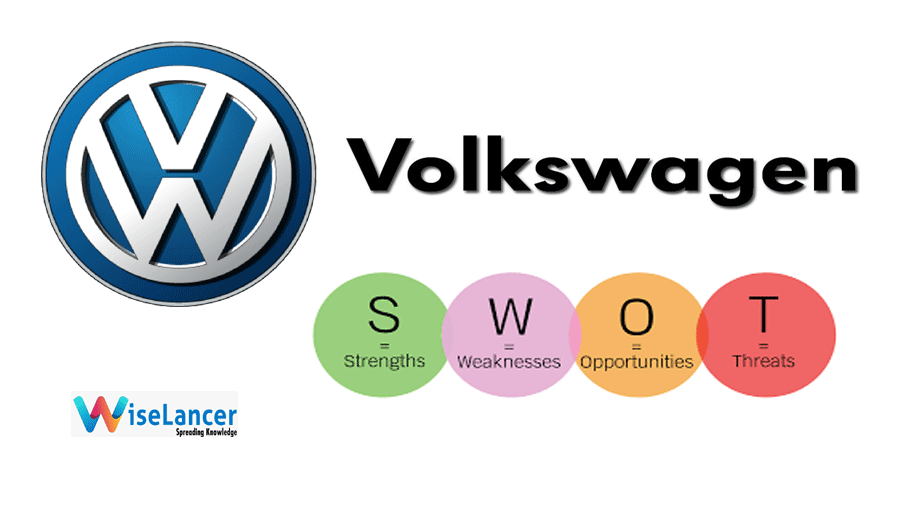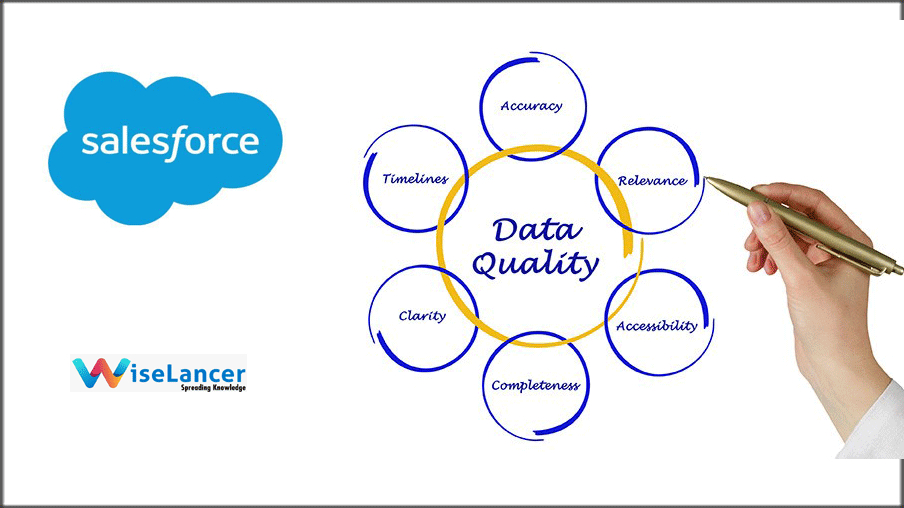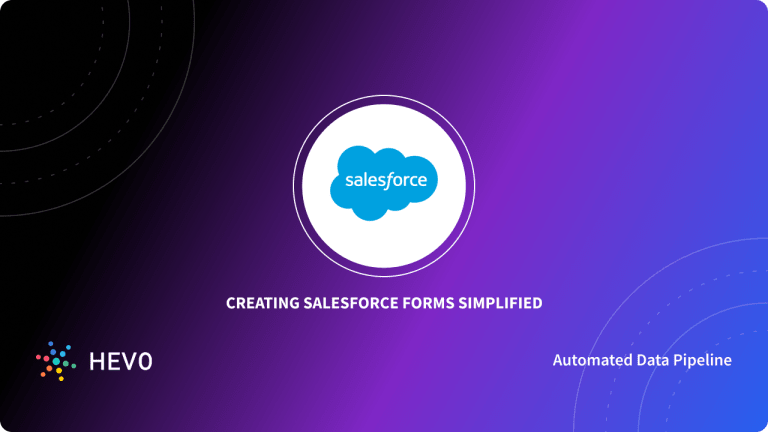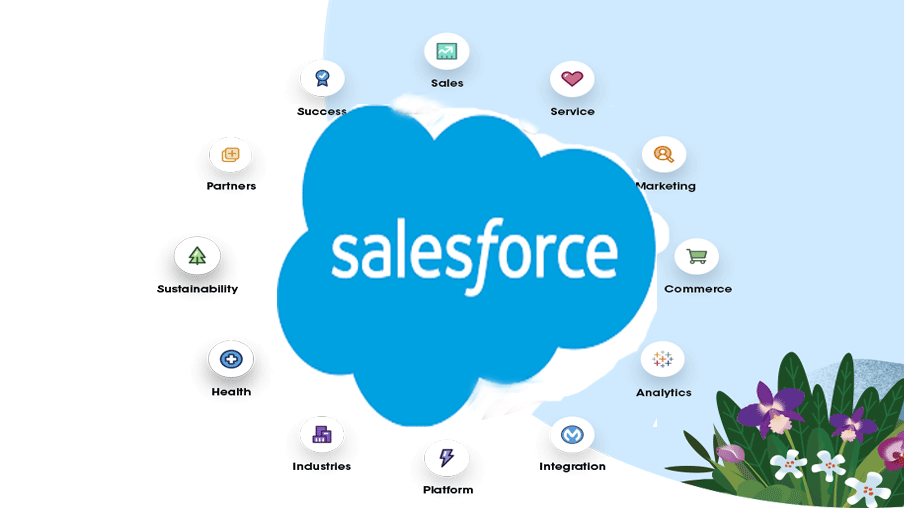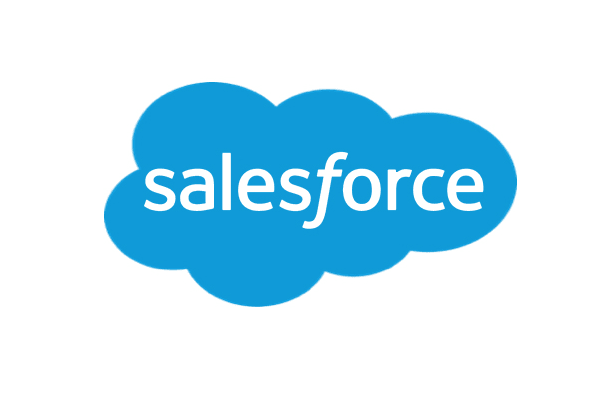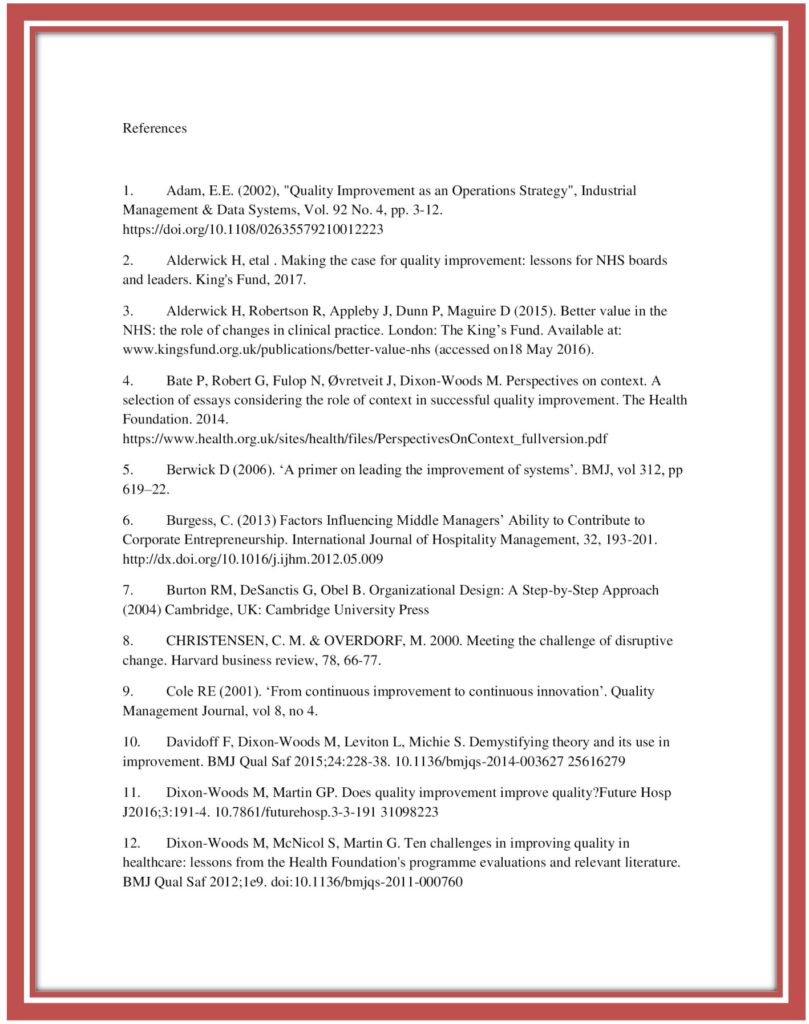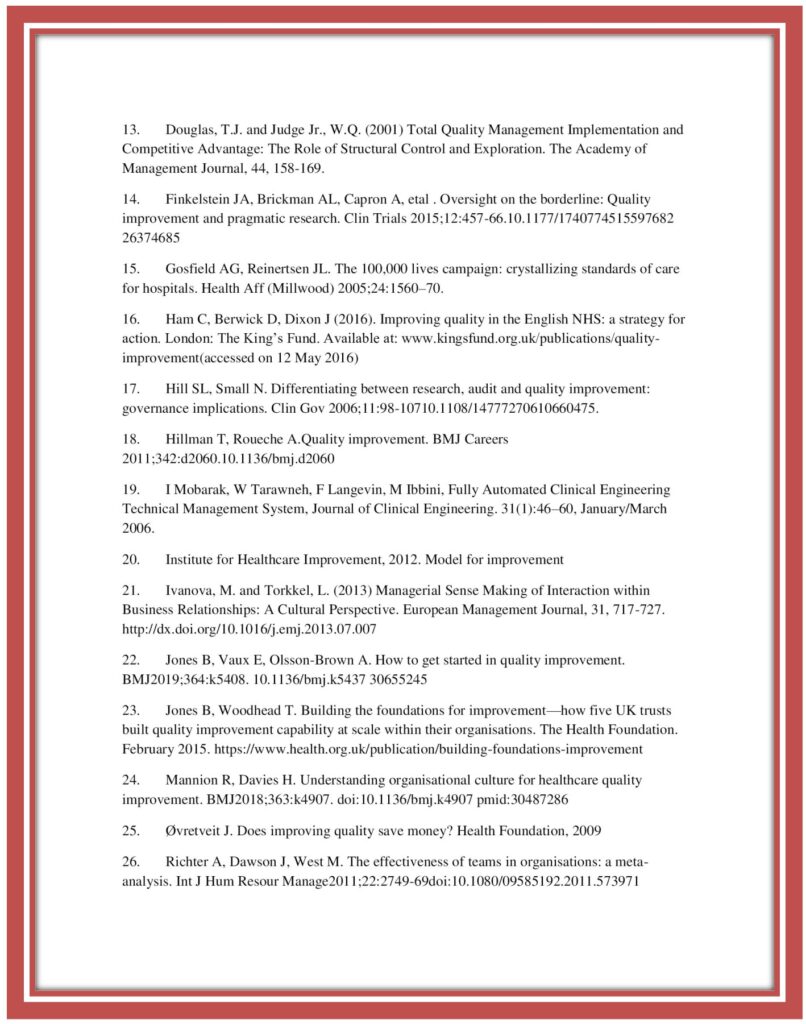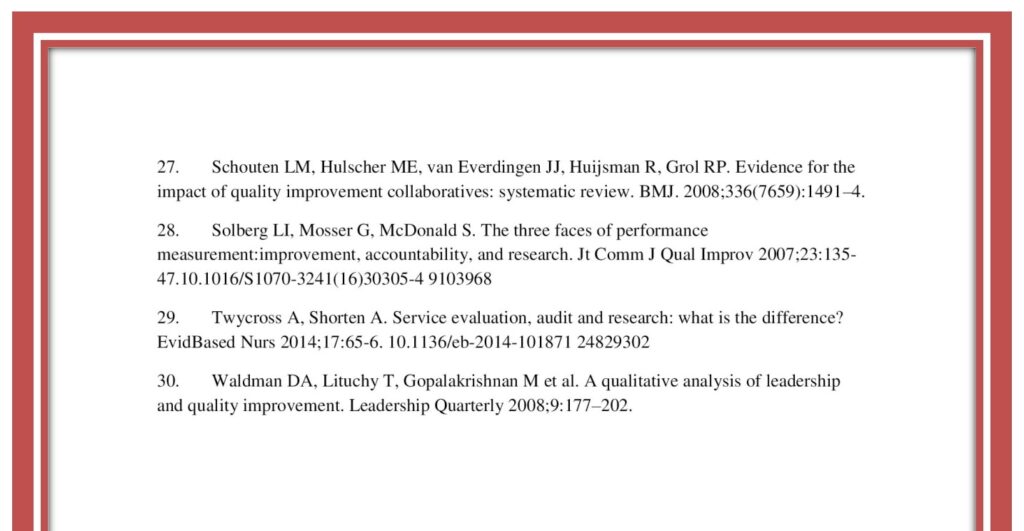17 Foods For Longer Life!
Want to live longer, be a hundred years old? Research shows that your diet plays an important role in how many birthday candles you blow out. Read more for having a longer life.
The following 17 foods are rich in antioxidants, vitamins, and minerals that are directly linked to longevity.
Consume it!
17 Foods For A Longer Life
1. Broccoli

Broccoli contains components that boost the immune system and can kill stomach ulcers and cancer. Thus it gives longer life.
2. Salmon

Including salmon rich in Omega 3 fish oil (like tuna, mackerel, and sardines) as a regular part of your diet can reduce the risk of cardiovascular disease and prevent inflammation. It is directly linked to longevity.
3. Water – Important for a Longer Life

Staying hydrated reduces the risk of blood clots forming. It also helps make you feel younger by keeping energy levels high. Water plays an important role in having a longer life.
4. Berries

Strawberries, raspberries, and blueberries are very rich in super-powerful antioxidants that can ward off deadly diseases. So, it helps to have a longer life.
5. Garlic

Garlic can bring a nasty smell to your breath, but the phytochemicals in garlic can stop carcinogenic compounds from forming in the body and god for longevity.
6. Olive Oil Helps for a Longer Life

The monounsaturated fatty acids available in olive oil are beneficial for brain and heart health and cancer prevention. Plus, dermatologists say women who follow diets high in olive oil experience less skin damage and have fewer wrinkles.
7. Bok Choy or Chinese Cabbage

According to a study from Vanderbilt University, Chinese breast cancer survivors who ate diets high in cruciferous vegetables like bok choy had a lower risk of death or recurrence.
8. The Avacado

If you want to regulate your cholesterol levels, eating more avocado can help lower your harmful LDL cholesterol levels while increasing healthy HDL cholesterol levels. Thus plays an important role for having a longer life span.
9. The Tomato

There is no better rich source of the antioxidant lycopene than pink-red tomatoes.
10. Leafy Vegetables Helps to live a Longer Life

According to one study, middle-aged people who did not add leafy green vegetables in their diet are likely to die in earlier years than those who consume leafy green vegetables.
11. The Tea

Regular drinking of green tea has been shown to lessen the risk of cardiovascular disease and several types of cancer.
12. Coffee

Yes, your morning craving for caffeine can lengthen your life, a cup now and then. Research links drinking coffee with a low risk of getting Alzheimer’s or Parkinson’s. So, it protects for having a longer life span.
13. Dark Chocolate to have a Longer Life

According to a Harvard study, those who ate chocolate up to three times a month lived a year longer than those who did not.
14. Nuts

Dry nuts have heart-healthy fats, fiber, protein, vitamins, and different types of minerals. Nuts are one of the healthiest snacks for your overall health. (However, please note that all nuts are not having equal benefits, make your choice wisely)
15. Red Cabbage
This colorful vegetable boosts brain health and protects against cancer.

16. Beans

A source of plant proteins and beans are also high in fiber, low in fat, and more nutrients per gram than any other food.
17. Whole Grains for a Longer Life

In a study of over 40,000 women, those who ate many whole grains had a 31% lower risk of heart disease and cancer than those who had little or no whole grains.
Need Help or Advice in Content Management or In Marketing Strategy:
Do you want more advice? Do you have good practices to share? Express yourself in the comments.
Get in touch through Contact our team or my Freelancer.com profile. I always prefer to work through Freelancer.com for smooth functioning. Here you pay safely and securely.
Read More:
7 HEALTHY FOOD THAT BRINGS HAPPINESS IN THE LIFE

